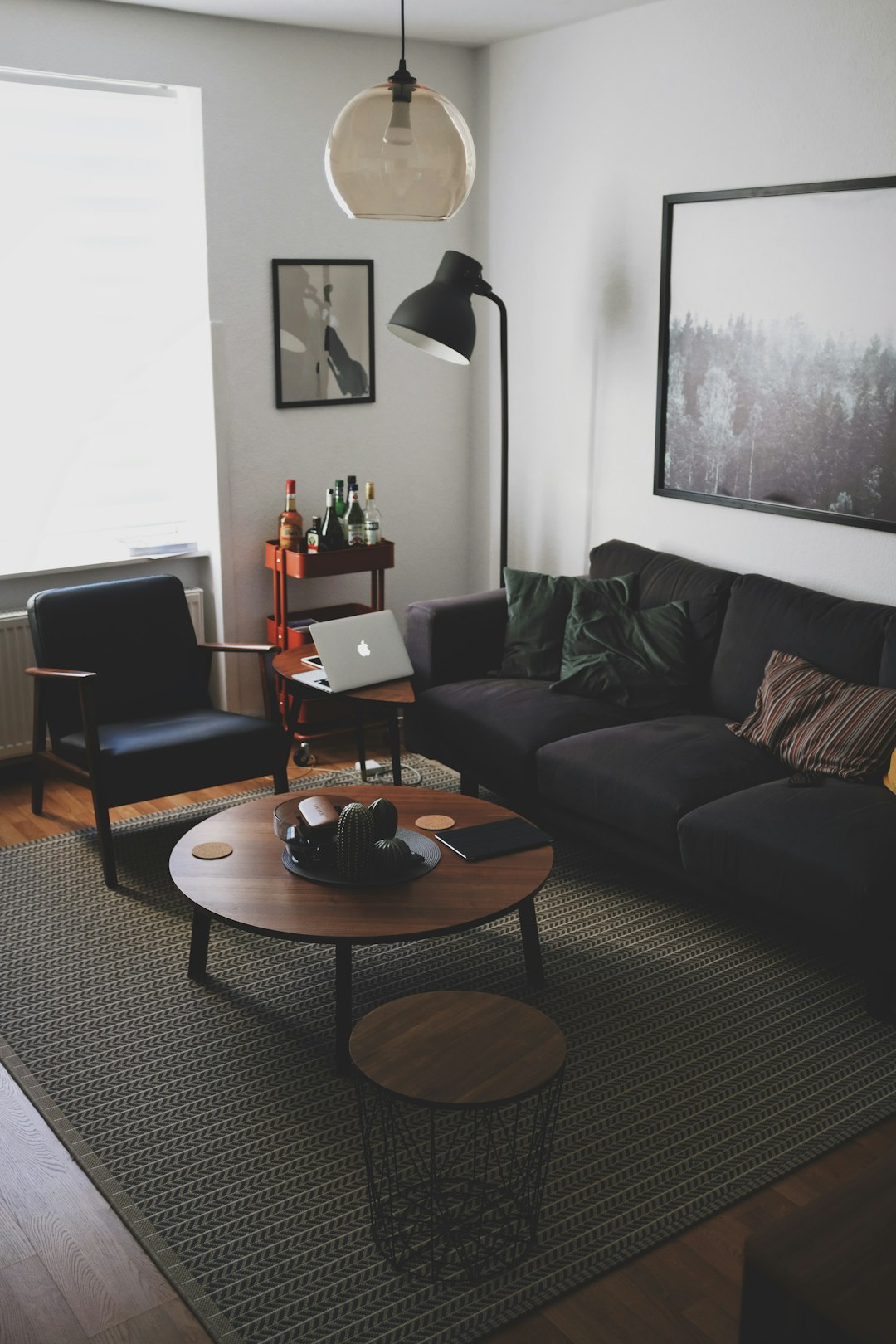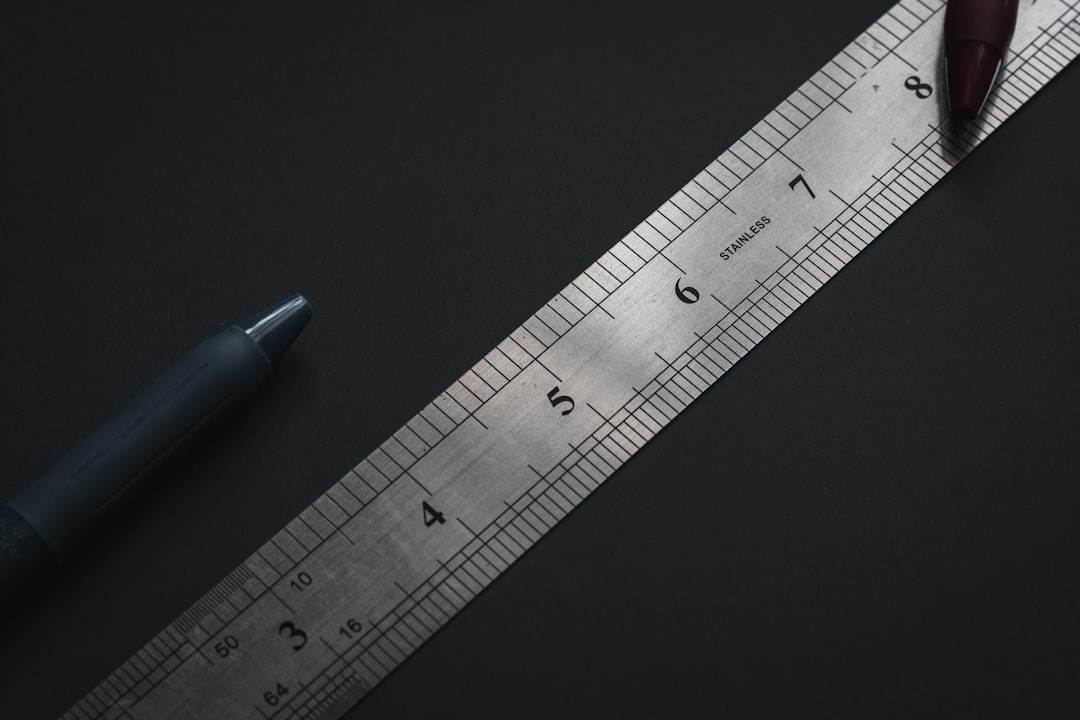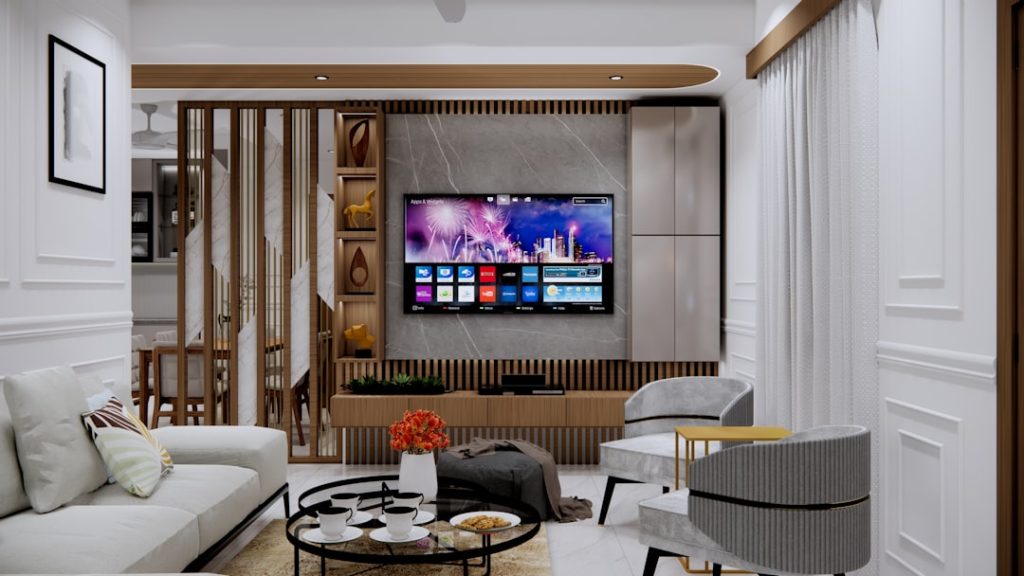Few things can make or break a home theater or audio system like the bass response. A rich, well-defined low end helps music feel alive and gives soundtracks that punch you can feel in your chest. But when bass becomes overly boomy, muddy, or inconsistent across your room, it quickly becomes a distraction rather than a dynamic enhancement. Fortunately, the problem is often not your subwoofer’s quality—it’s its placement and cabling configuration.
Understanding Boomy Bass
Boomy bass typically refers to bass that overwhelms other frequencies, sounds flabby or resonates excessively. It’s the opposite of tight, controlled, musical low frequencies. Certain frequencies may be overly emphasized due to poor room acoustics, incorrect subwoofer positioning, or even inappropriate cabling practices. Before throwing money at upgrades, it’s critical to address foundational setup issues first.
Subwoofer Placement: The Basics
One of the most critical factors influencing bass performance is where the subwoofer is placed. Because bass notes have long wavelengths, they interact significantly with walls, floors, and ceilings. This cause peaks (boosts in certain frequencies) and nulls (unexpected dropoffs) in your listening area.
Here are some basic guidelines to improve subwoofer placement:
- Avoid corners: While placing a subwoofer in a corner can increase overall volume due to boundary gain, it often results in boomy or one-note bass due to room reflections reinforcing specific frequencies.
- Try the “Subwoofer Crawl”: Place the subwoofer at your main listening position, then play a bass-heavy track. Crawl around the perimeter of the room and listen for where the bass sounds most balanced. That’s likely the best location for your sub.
- Stay away from walls: Too close to walls (especially hard, flat surfaces) and your subwoofer’s output might reflect directly back into the driver, creating muddiness.

Also, don’t forget the influence of floor type. Carpeted rooms absorb more high frequencies, while hardwood can reflect and emphasize the wrong kinds of resonance. Adding acoustic treatments at first reflection points or bass traps in corners can help, but the starting point is always smart placement.
Standing Waves and Room Modes
Every room has modes—resonant frequencies caused by the room’s dimensions. These frequencies build up as standing waves between walls and other surfaces. If your subwoofer ends up sitting at a location that reinforces one of those problematic modes, the result is boomy, uneven bass.
Avoid symmetrical placements like dead center between walls or halfway across the room length—these are usually the worst for standing wave reinforcement. Ideally, place the subwoofer about one-third the distance along a wall, or experiment until you find a spot where bass sounds more consistent and less bloated.
Single vs. Multiple Subwoofers
Sometimes, boomy or dead spots result not from bad subwoofer performance, but from simply having one subwoofer. A single sub places all the low-end responsibility on one position in space, making peaks and nulls more noticeable.
Adding a second subwoofer (placed asymmetrically from the first) can help even out bass response throughout the room. This doesn’t necessarily make the bass louder, but it smooths out the inconsistencies. If installing another sub is an option, this can dramatically reduce the sense of boominess or dead zones.
Image not found in postmeta
Phase and Polarity Settings
Most subwoofers come with a phase switch or variable dial (0–180°). If your sub is out of phase with your speakers, the waves can cancel each other out, reducing clarity and boosting weird resonances. Polarity switches (sometimes mislabeled simply as “phase”) can likewise impact how your sub interacts with other speakers.
If you hear boomy or missing bass, try flipping the polarity switch or adjusting the phase dial a bit at a time while listening to a strong, articulate bass track. You’re listening for where the bass becomes most defined and tight—not necessarily the loudest.
Proper Subwoofer Cabling
The physical connection between your receiver and subwoofer can also affect performance, particularly in the case of long cable runs or improper RCA choices.
Here are some quick cabling tips:
- Use shielded subwoofer cables: These are typically RCA-type cables specially designed to transfer low-frequency signals cleanly with minimal interference.
- Avoid loose connections: A poor or intermittent cable can lead to distortion or dropped signal levels, especially noticeable at high volumes.
- Beware of ground loops: If your system has a ground loop hum, invest in a ground loop isolator or ensure components share the same AC ground path.
For longer runs, coaxial digital cables or high-quality RCA sub cables are best. Avoid cheap, thin RCA cables that pick up electromagnetic interference, especially if they run across power cords or near routers.
Crossover Settings and Integration
A well-integrated subwoofer shouldn’t call attention to itself. Often, poor integration leads to bloated bass. Use your AVR’s settings or your subwoofer’s onboard crossover control to match the speakers’ output. If your speakers reach down to 60Hz well, set the subwoofer crossover around 70–80Hz. For smaller satellite speakers, you may need to set the crossover higher.
Don’t double filter. If your AVR is doing bass management and has “LFE + Main” or similar settings, you may want to disable the internal crossover dial on your subwoofer or set it to its maximum (often 120Hz or more) to keep from attenuating overlapping frequencies twice.
Room Correction Software: An Ally
Many modern AV receivers feature built-in room correction tools such as Audyssey, Dirac Live, or YPAO. These systems use a calibration mic to analyze your room’s acoustics and automatically adjust frequency response and delay timing.
Running these systems can drastically improve your subwoofer’s integration—especially with boomy bass—though it’s still not a replacement for good physical placement. It’s best used as a final polish after you’ve manually dialed in physical setup and crossover adjustments.
Final Tips for Tighter Bass
Not all boominess is the subwoofer’s fault. Before blaming the gear, try the following checklist:
- Do a “sub crawl” to find the ideal position.
- Use proper, shielded RCA subwoofer cables.
- Avoid placing the sub too close to walls or corners.
- Check phase and polarity settings.
- Run your AVR’s room correction software last.
- Use acoustic panels or bass traps if needed in smaller or untreated rooms.
Also, don’t underestimate the power of measuring devices. An SPL meter or calibration microphone, paired with test tones or software like REW (Room EQ Wizard), can provide insight into what frequencies are problematic in your room so you can make more informed adjustments.
Image not found in postmeta
Conclusion
Getting rid of that boomy bass doesn’t necessarily mean purchasing more gear—it often just means better tuning and setup. Through careful subwoofer placement, intelligent cabling, and subtle EQ or room correction adjustments, you can banish boominess and enjoy that tight, punchy bass the way it was meant to be heard.
Whether you’re a casual movie lover or a discerning audio enthusiast, the journey from droning lows to dynamic, impactful bass starts right in your room. Take the time to reposition, recalibrate, and rethink how your subwoofer lives in your space. Your ears—and your neighbors—will thank you.


